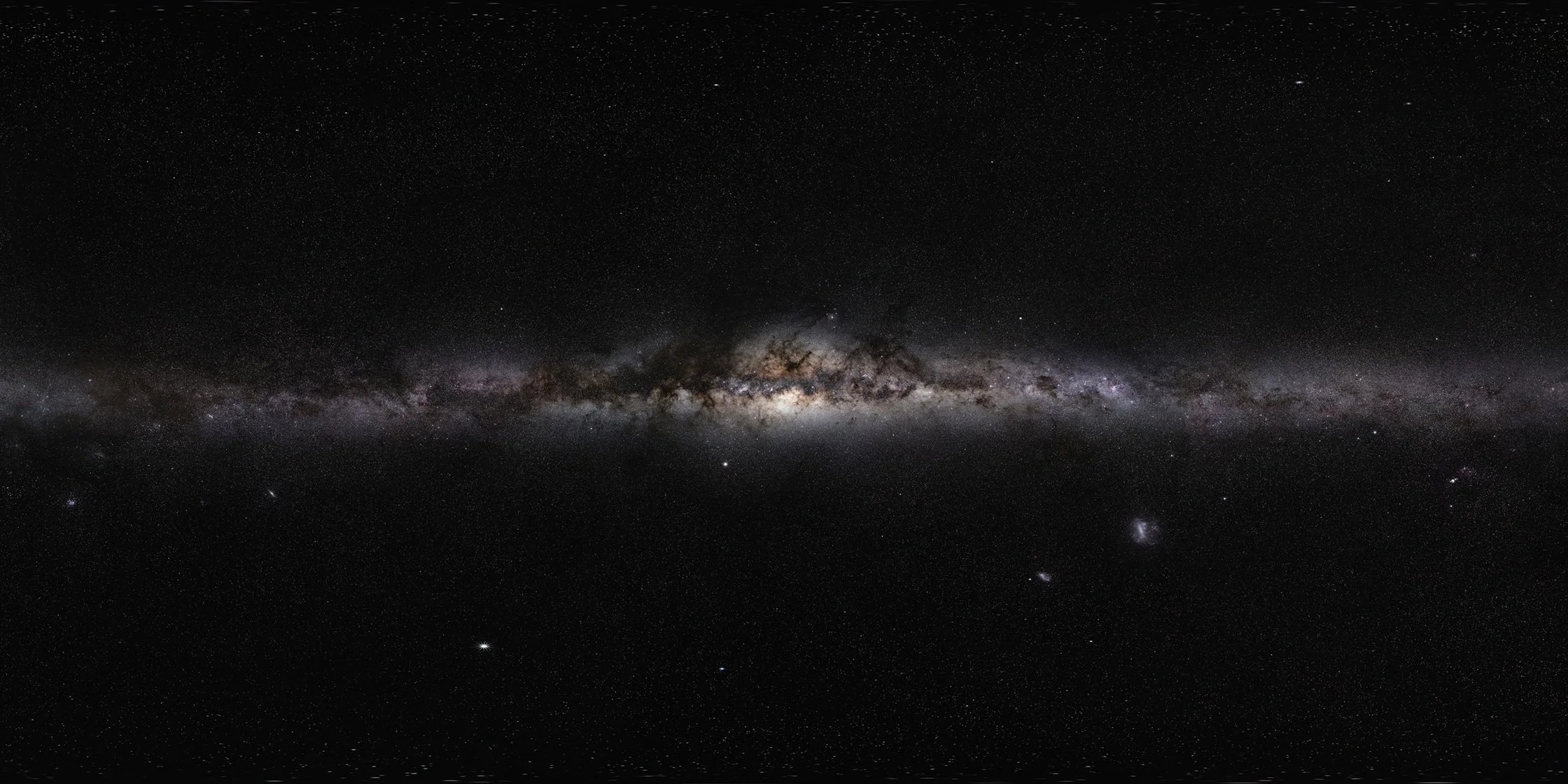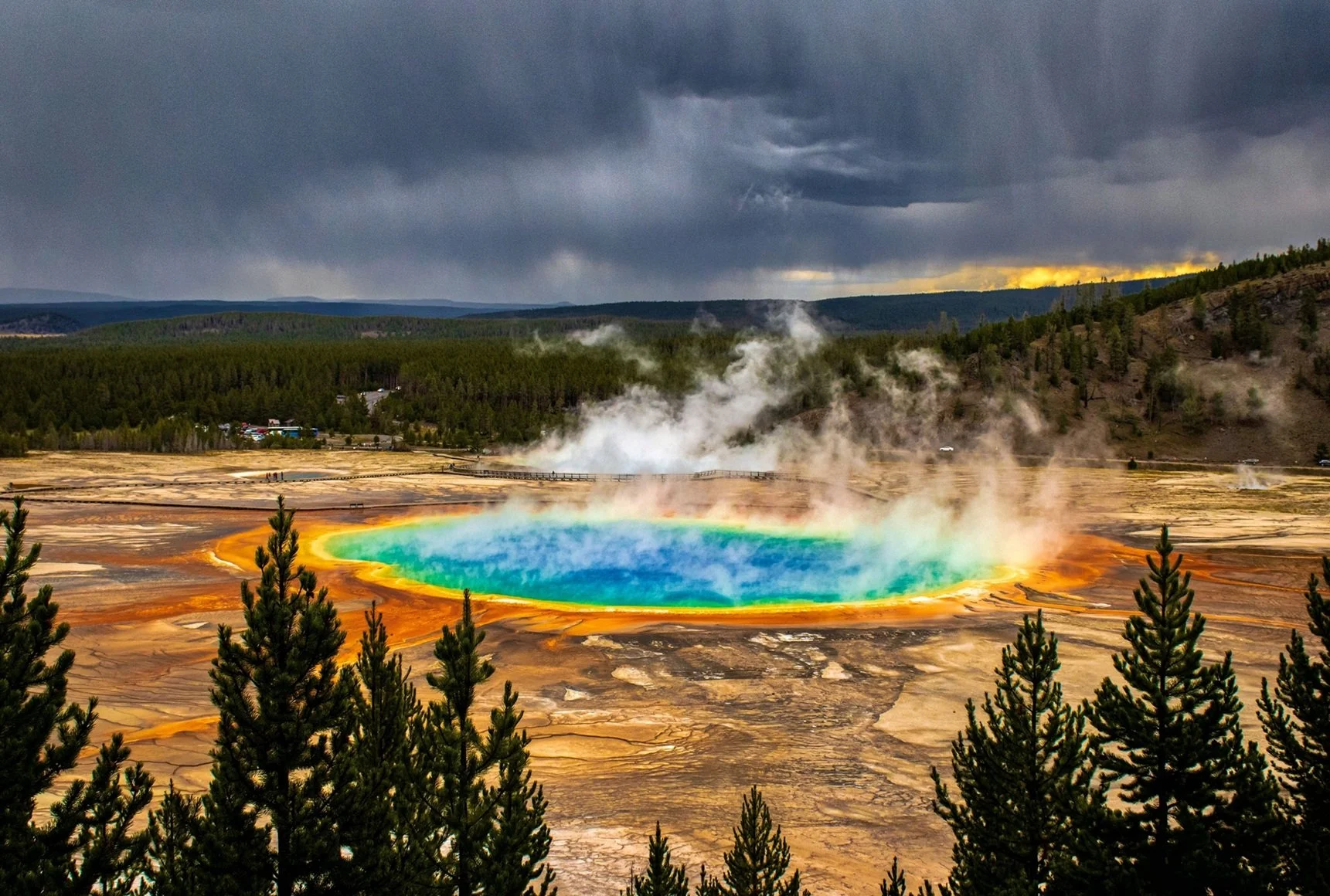By Matt Williams
Ever since they were first discovered in the 1930s, scientists have puzzled over the mystery that is neutron stars. These stars, which are the result of a supernova explosion, are the smallest and densest stars in the Universe. While they typically have a radius of about 10 km (6.2 mi) – about 1.437 x 10-5 times that of the Sun – they also average between 1.4 and 2.16 Solar masses.
Image Credit: NASA’s Goddard Space Flight Center
At this density, which is the same as that of atomic nuclei, a single teaspoon of neutron star material would weigh about as much as 90 million metric tons (100 million US tons). And now, a team of scientists has conducted a study that indicates that the strongest known material in the Universe – what they refer to as “nuclear pasta” – exists deep inside the crust of neutron stars.
The study, titled “Elasticity of nuclear pasta“, was recently accepted for publication by the Physical Review Letters. The study was led by Matt Caplan, a Postdoctoral Fellow at the McGill Space Institute (MSI), and included members from the California Institute of Technology’s Walter Burke Institute for Theoretical Physics and Indiana University’s Nuclear Theory Center.
Compared to other classes of stars (with the exception of the hypothetical quark stars and strange stars) neutron stars are rather unique. Due to their intense gravity (which causes their outer layers to freeze) neutron stars are similar to Earth in that they have a solid crust surrounding a liquid inner core. Below the crust, the high density causes the formation of material that has a strange structure.
Cross-section of a neutron star. - Image Credit: Robert Schulze via Wikimedia Commons
In short, competing forces between the protons and neutrons inside a neutron star causes the material to assemble into strange shapes, such as long cylinders or flat planes commonly referred to as “lasagna” and “spaghetti” – hence the nickname “nuclear pasta”. While a fascinating subject of study, not much has been learned about this material or its mysterious structures.
As Caplan indicated in a recent McGill press release, “The strength of the neutron star crust, especially the bottom of the crust, is relevant to a large number of astrophysics problems, but isn’t well understood.”
To shed light on this, Caplan and his colleagues successfully ran the largest computer simulations ever conducted of neutron star crusts, and their study was the first to describe how these crusts break. These simulations, which consisted of Caplan and his team stretching and deforming the nuclear pasta to test its strength, required roughly 2 million hours of processor time.
From this, they determined that their unique shapes, combined with the extreme density inside neutron stars, makes nuclear pasta is incredibly stiff. In fact, its strength even puts materials like graphene and carbon nanotubes to shame. This information could go a long way towards helping astronomers make sense of their observations of neutron stars.
And considering last year’s kilonova event, where two neutron stars collided, these results could also help astrophysicists in the research of gravitational waves. The study even suggests that neutron stars might generate small amounts of gravitational waves on their own. As Caplan indicated, knowing more about how materials behaves inside a neutron star, scientists may be able to shed new light on the unusual physics that take place within them:
“A lot of interesting physics is going on here under extreme conditions and so understanding the physical properties of a neutron star is a way for scientists to test their theories and models. With this result, many problems need to be revisited. How large a mountain can you build on a neutron star before the crust breaks and it collapses? What will it look like? And most importantly, how can astronomers observe it?”
The ability to study and model the interior’s of neutron stars, supernovae – not to mention the ability to detect gravitational waves – are all part of how astronomy is advancing by leaps and bounds.
Source: Universe Today - Further Reading: McGill, Physical Review Letters
If you enjoy our selection of content please consider following Universal-Sci on social media:








